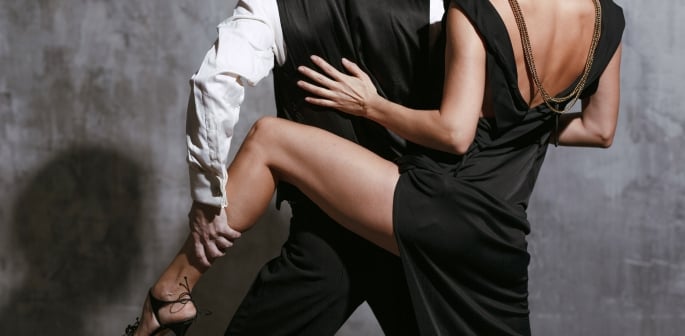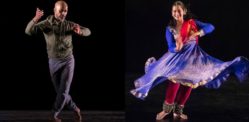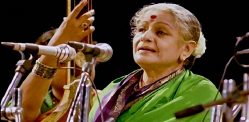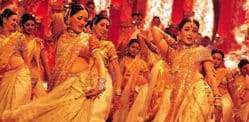Contemporary dance is characterised by less rigidity.
Dance styles in the UK are influenced by cultures from around the world.
As a melting pot of numerous cultures, the UK inevitably incorporates a variety of dances and influences into modern life.
The styles include ballet, ballroom, contemporary, hip-hop, jazz, tap, Irish, folk, modern, and swing.
Some of these dances share similarities in posture, physical demands, musicality, and interpretation.
Dance utilises the body to express emotions, with each form featuring unique techniques and components.
The use of space is also varied, involving travel, props, and floor work.
Energy levels in dance can range from upbeat and lively to low and mellow, affecting the overall mood.
Dancing serves as a gateway to building relationships among couples and celebrating within communities.
Below are 10 popular dance styles in the UK.
Ballet

Ballet is a physically testing form of dance that takes years of dedication to master.
It is a formal dance that adheres to traditional rules, otherwise known as danse d’école.
In theatres, ballet features elaborate music, costumes, and stage sceneries, allowing the dancer to express thoughts, concepts, or emotions.
The ballet follows a clear plot, with characters communicating to each other and the audience through their bodies, narrated through physical actions.
Famous story ballets from the 19th century include ‘The Nutcracker‘ and ‘The Sleeping Beauty,’ and novels such as ‘The Great Gatsby’ and ‘The Three Musketeers’ have been interpreted through ballet.
There are three types of ballet: classical, neo-classical, and contemporary.
Classical ballet, which blossomed to new heights in 19th-century Russia, includes elements of graceful and fluid movements, the technique of turn-out legs, pointe work, balance, and an emphasis on storytelling.
Neo-classical ballet, introduced in the 20th century by famous choreographers like George Balanchine, is characterised by increased speed, asymmetry, and a simplified aesthetic of sets and costumes.
Finally, contemporary ballet, influenced by modern dance, features floor work, a turn-in of the legs, a larger range of body movement and line, and uses both pointe shoes and bare feet.
Well-known choreographers of this style include Twyla Tharp, Jiri Kylian, Paul Taylor, William Forsythe, and Dwight Rhoden.
Ballroom
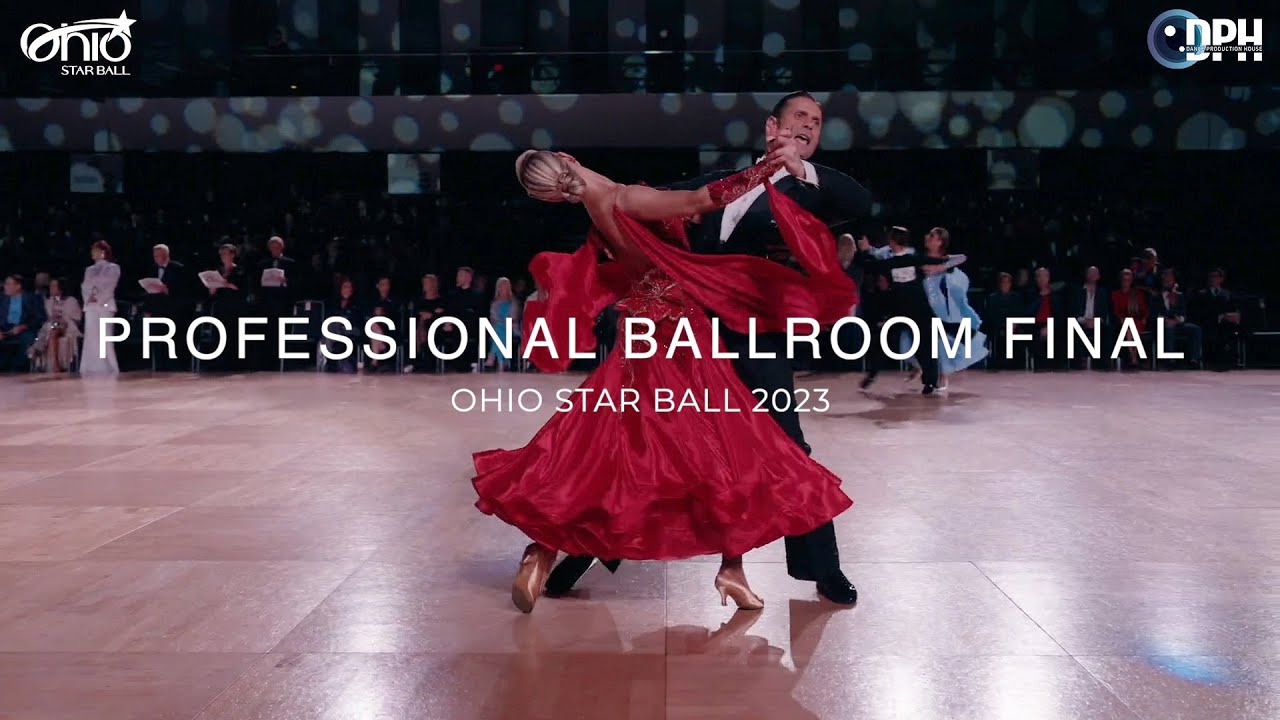
This dance is often associated with elite social classes invited to exclusive dance events.
It is a social dance, originally practised in Europe and the US.
However, its popularity has expanded, attracting practitioners worldwide.
The repertoire includes dances like the waltz and the polka, introduced in the 19th century, followed by the rise of the fox-trot, two-step, and tango in the 20th century.
In this dance, partners form a couple, moving in rhythmic sync and expressing the music’s themes.
The ‘Smooth’ style is characterised by elegance, grace, and fluidity.
Dancers would rotate in a counter-clockwise direction and would travel across the entire floor.
They would transition from one movement to another seamlessly.
Latin style has a focus on high energy and adding a personal flair.
Dances such as the East Coast Swing, Jive, Rumba, Bolero, Cha Cha, Mambo, Samba, and Paso Doble are performed largely on the spot.
A defining characteristic of ballroom dancing is the partnership dynamic, consisting of a leader and a follower.
The leader’s left hand connects with the follower’s right, while the leader’s right hand is placed on the follower’s back, just below the left shoulder blade.
The core should be engaged and there should be a balance of the partner’s weight.
The slow waltz is a dance where there is a smooth gliding across the floor. The rise and fall technique is used.
‘Rise and fall’ refers to the lifting and lowering of the body, using the ankles, knees, and stretching spine.
Dancers follow a timing of “1,2,3”.
In the rumba, dancers use the Cuban motion technique, bending and straightening their knees with each step to create hip action rather than vertical movement.
Finally, the Cha Cha Cha is lively and fast-paced, characterised by quick footwork, pronounced hip action, and a strong emphasis on rhythm.
One feature is the triple-step chasses.
The Chasse used in Cha Cha Cha consists of a group of three steps, the moving foot being half closed to the stationary foot on the second step. The Chasse can be taken in any direction.
Contemporary

Contemporary dance, a genre developed in the 20th century, incorporates elements from other genres such as jazz, modern, and ballet.
Unlike its traditional counterparts, contemporary dance is characterised by less rigidity and more freedom in its rules, allowing for a greater emphasis on an individual’s interpretation.
This dance form is known for its ballet-inspired leg movements, floor work, improvisation, and a unique technique known as “fall and recovery.”
This technique involves a rhythmic lifting of the foot, followed by a fall, with the foot coming down, then stabilising in an even standing position, a sequence that is often repeated.
Performed barefoot, contemporary dance aims to create a sense of grounding and connection with the surface, enhancing the intention to evoke feelings in the viewer.
Dancers convey emotions by internalising the music and translating it into movement.
It is defined as “occurring or existing at the same time.”
One of the defining elements of this dance style is the fusion of multiple dance forms and the constant innovation of movement.
Dancers pay close attention to their breath, using it to initiate movement and connect with the natural rhythm of their bodies.
The dance also explores the contrast in dynamic tension as the body moves in various directions, requiring a sense of balance and control.
“Contraction and release” is a key feature, where the body expresses tension and vulnerability through contracted movements, while release allows the body to expand and be free.
Another technique, “spiral,” involves the dancer exploring circular and curving motions.
As for leg and foot positions, dancers utilise both parallel and turnout positions to engage the hips and pelvis.
In a forward-facing direction, a parallel position aligns the feet with the toes pointing ahead, while turnout involves an outward rotation of the legs from the hips, with the toes pointing away from the body’s midline.
Dancers are encouraged to play with levels and directions, creatively using the space and surrounding environment to enhance their performance.
Hip-Hop
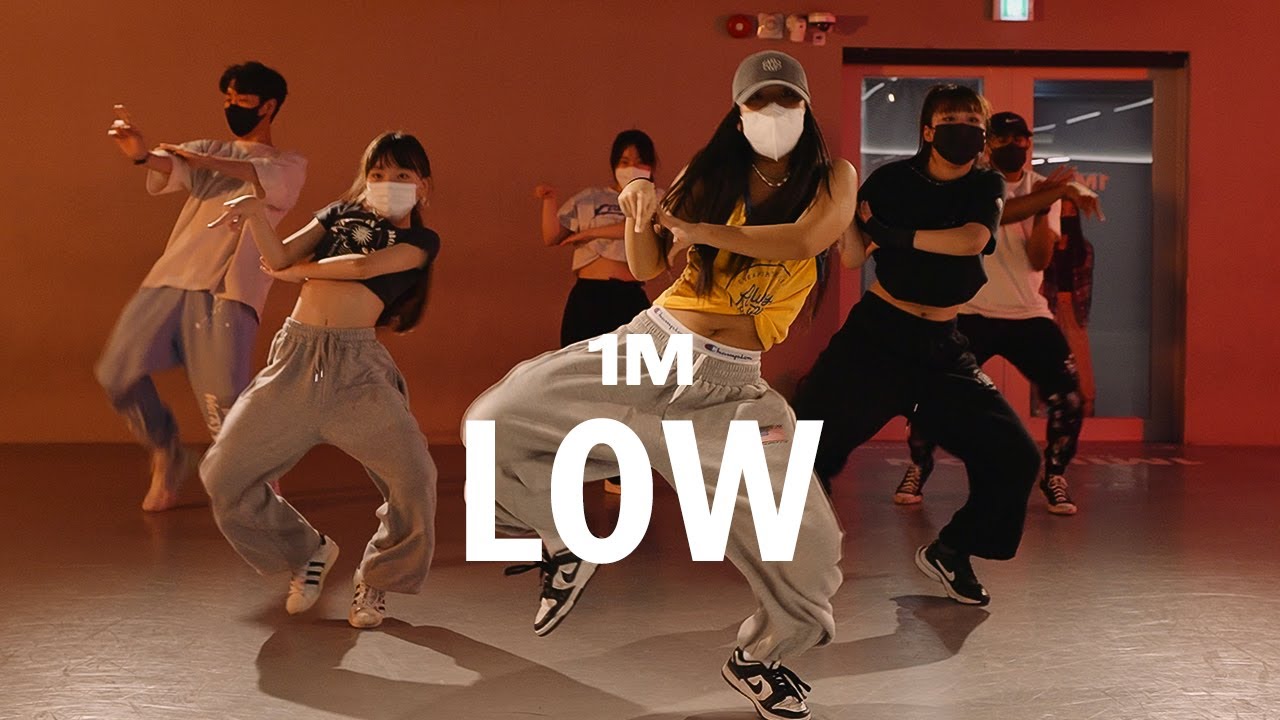
With the birth of Hip-Hop came a mainstream dance phenomenon known as breakdancing.
This style of dance, prominent in dance battles both in groups and solo, incorporates techniques such as fast footwork, freezes, down rocks, top rocks, and power moves.
Dancers are encouraged to create their moves, bringing a level of originality and unique flavour to every performance.
Breakdancing is influenced by a variety of dance styles including salsa, Cuban, rumba, samba, and jazz, as well as martial arts like Kung-fu, which inspire many of its moves.
During a dance battle, participants are tested on attitude, originality, dominance, and athleticism, gaining respect, pride, and a sense of identity and purpose.
As dancers navigated a society often characterised by the use of weapons or violence, they found a way to assert themselves and, in a sense, protect their communities through dance.
Hip-hop music, deeply intertwined with hip-hop dance, creates a social, fun, and safe space for people to express themselves.
Popular dance moves include the snake, chicken head, cabbage patch, Harlem shake, and the running man. As the dance scene grew, numerous hip-hop clubs emerged, especially in New York.
In the late ’90s and early 2000s, hip-hop music evolved to include different instruments, rap flows, and tempos, leading to new sub-styles of hip-hop dance such as popping, house, locking, and whacking.
Popping is a technique that involves quickly contracting and relaxing muscles to create a jerking motion in the body, synchronised with the music’s beat.
Locking features a series of quick, expansive movements frozen in several positions, each held for a few seconds, often performed to jazz and soul music.
When learning to dance, focus and posture are crucial; they signify the direction of the dance and determine the style and mood of the performance.
Jazz

This social dance, which emerged in the 20th century, saw African dancers blending traditional African steps with movements characteristic of European styles.
It was built on a foundation of African music, which was explosive and rhythmic.
Initially, it was danced in religious settings and social gatherings.
Born in New Orleans, jazz music led to the increasing popularity of jazz dance.
Jazz dance has appeared in vaudeville acts with ragtime music.
According to Britannica, vaudeville is described as ‘a farce with music,’ connoting a form of light entertainment popular in the United States from the mid-1890s until the early 1930s.
It is based on a call-and-response technique. It acts like a conversation between the instruments and the dancers.
Jazz dance is often performed in pairs, characterized by sharp motions.
A key element of jazz technique is isolation, where dancers move one part of the body while the rest remains still.
While one part moves the rest of the body stays still.
Dancers can isolate their head, hips, shoulders and ribs. Syncopation is also integral, with dancers emphasising movements on the offbeat.
When dancing, the knees are bent and there is a lower centre of gravity for different movements.
Iconic dance steps were invented such as the Charleston and Cakewalk.
One step is the ball change where a dancer transfers the weight of one foot to the other.
Secondly, there is the box step/jazz square which is when the dancer steps across, back, to the side, and the front. They make a square pattern on the floor.
The Chassé involves stepping out in any direction in plié, jumping to ‘chase’ the first leg with the second, and finally landing on the first leg.
Another is a the Jazz Pas de Bourée. The weight is transferred quickly from one foot to the other in three steps.
The Charleston involves shifting weight from one leg to the other, while the free leg kicks forward or backwards at a specific angle.
Tap Dance

This style involves dancers wearing tap shoes with heels, using them to rhythmically hit the floor or a hard surface, creating distinctive sounds.
It’s a main component in many American musical films and gained popularity during the 1930s.
By the early 1900s, it was established in American vaudeville and many music halls in Britain, influenced by African rhythms, Irish stepping, and English clogging.
The syncopated rhythms are derived from African tribal dancing and songs, which African slaves used on plantations to keep their culture alive.
According to UMS, “Tap gained popularity after the Civil War as part of travelling minstrel shows, where performers, both white and black, wore blackface and belittled black people by portraying them as lazy and comical.”
A notable figure in tap history is William Henry Lane, known as ‘Master Juba,’ who was the only black dancer in white minstrel groups.
The first tap shoes were created by nailing or screwing small pieces of metal to the toes and heels of dance shoes, with metal taps added later to create a louder and more rhythmic sound.
Techniques include:
- Ball Heel: Lifting the foot off the ground, placing the ball of the foot on the floor with pressure, followed by tapping the heel on the floor to make a second sound.
- Ball Beat: Starting with a flat foot, lifting the ball of the foot off the floor while keeping the heel down, then beating the ball to the floor.
- Stamp: Lifting the full foot off the floor and beating the full foot evenly onto the floor.
- Heel Dig: Lifting the full foot off the floor, then digging the heel only onto the floor.
- Shuffle: Lifting the foot off the floor and brushing the foot forward to make a sound with the ball of the foot, then brushing the foot backwards to create another sound with the ball of the foot.
Folk Dance

Folk dance is generally a type of dance that expresses a past or present culture.
It offers a way for people to express, share, and connect with their culture. Various styles are performed worldwide and remain prominent in many cultures today.
English folk dance, in particular, ranges from solo dancing in informal social settings to elaborate choreography.
The dance can be either improvised or choreographed, originally performed to traditional music that narrates a story through its lyrics, though it can also be danced to instrumental music alone.
An example of folk dance is the Cotswold Morris, originating in Oxfordshire, Gloucestershire, Warwickshire, and Northamptonshire.
Tunes and dances are found in several neighbouring villages, each adding its twist, such as unique arm movements, symmetrical patterns, and sequences of steps.
Steps include foot-ups and heys, making the dance energetic and lively.
These dances are performed in traditional dress that celebrates their culture, often at agricultural events, festivals, and gatherings.
Folk dance styles from around the world and within the UK vary widely.
Fandango, a Spanish dance performed by a couple, is accompanied by clapping, castanets, and guitars.
In the 18th century, the Fandango was favoured by the Spanish aristocracy.
Sirtaki, a Greek line dance, begins with dancers placing their hands on each other’s shoulders to form a chain, starting slowly and gradually increasing in speed.
The Tarantella, an Italian folk dance from Taranto, Italy, is performed in 6/8 time.
It is a fast-paced dance for couples, featuring quick steps and a teasing, flirtatious interaction, with women often carrying tambourines.
The Hora, a Jewish wedding dance also performed in Romania, Bulgaria, Israel, and other countries, involves dancers joining hands and moving in a circle around the bride and groom, who are sometimes hoisted up in the air.
Kolo, a dance from South Slavic countries like Serbia, Slovenia, and Croatia, involves dancers holding hands and moving in a circle, performing intricate step dances.
Weapon dances incorporate swords and other weapons into the routine, symbolising battles and cultural themes.
In Turkey, belly dancers use swords as props in their performances.
Irish Dance

This dance originated in Ireland and is a traditional Gaelic dance.
It can be performed solo or in groups of up to twenty.
Irish dance is a social dance that is also performed in formal settings and competitions.
The dance features intricate footwork, and dancers need to have upper body strength for balance.
During performances, Irish dancers do not move their hands or arms.
There are two main techniques: the ballet up and the flat down.
Ballet up, inspired by ballet, involves pointing the toes and performing steps on the tips of the dancers’ toes or the balls of their feet.
Flat down refers to a technique where the heel of the foot moves in a gliding and flat motion.
There are six dance styles: Traditional Irish step dancing, modern Irish step dancing, Irish set dancing, Irish ceili dancing, Irish sean nos dancing, and Irish two-hand dancing.
Various techniques are essential for dancers. Firstly, a dancer needs to turn out their feet, which, if done correctly, will form a diamond shape between the legs and ankles.
The arms are kept straight and behind the back, with shoulders pulled back to ensure good posture.
Toes must be pointed every time a dancer lifts their feet off the ground or leaps through the air.
The knees need to be crossed so that the leg in front can switch from left to right effortlessly.
The head should remain in an upright position, and every step should be executed as if on a tightrope.
Modern Dance

A highly expressive dance form, modern dance relies more on interpretation than on a concrete set of technicalities.
It is considered more natural and relaxed than ballet, yet it requires a great deal of core strength.
Most performances are barefoot, often in tight outfits that highlight the dancers’ body shapes.
This dance form is improvisational and possesses a freeing quality, often described as fluid.
According to Wellness Evolution, “Initially, modern dance was based on myths and legends.
“Later, it became an expression of the social, ethnic, political, and economic climate of its time.
“In the following years, it incorporated influences from other countries, including the Caribbean, African, and Latin dances.”
Moreover, a key difference between modern and contemporary dance is highlighted:
“Modern dance is a style free from the restrictions of classical ballet, focusing on free interpretations derived from inner emotions.
“Contemporary dance is a specific genre of concert dance that involves non-choreographic movements influenced by compositional philosophy.”
In some modern dances, the use of body weight facilitates movement across the floor. Dancers often fall, tumble, or roll to express rhythm.
The choice of music varies, as do the movements, allowing dancers to create lines and dance with freedom of movement and emotion.
The work in modern dance is based on contraction, relaxation, and accents.
It can be graded, and the syllabus includes barre, floor, centre, and creativity exercises.
Dancers need to build their strength and flexibility, interpret music, and form their style.
Swing Dance

This form of dance was inspired by the 1920s and initially had influences from jazz music.
It encompasses many subcategories, such as the Lindy Hop, Jive, Balboa, East Coast Swing, West Coast Swing, and the Hustle.
Rooted in African American culture, it has evolved through social and cultural changes over the years.
The foundations of this dance include basic steps, footwork, turns & spins, and partner connection. The basic steps involve variations of triple steps, rock steps, and rhythm breaks, which dancers can combine in various ways.
Footwork variations add complexity to the routine and offer more options for choreography.
Turns and spins are key elements, with dancers executing controlled and effortless movements in their routines.
Partner connection is demonstrated through physical contact and body communication, essential for coordinating movements.
The Lindy Hop, known for its fast and intricate style, requires keeping up with the tempo of lively music played by big bands.
Over the years, this dance has been referred to as jitterbug, boogie-woogie, and rock and roll.
When swing dancing, partners need to allow room for larger movements, such as twirling.
Howcast explains the posture: “The leader’s left hand should extend out at waist level, while the follower’s right-hand reaches out to meet it. The leader’s right hand should rest on the follower’s back below their shoulder blade, while the follower’s left hand should rest on top of the leader’s extended right arm.”
Counting in swing dancing is essential for synchronising movements between partners.
The rhythm can be thought of as taking the first step for two beats, followed by two triple steps, counted as Slow x2, Quick x3, Quick x3.
Dance not only brings people together and provides a safe space for self-expression but also serves as a form of exercise and a means to unleash creativity through personal interpretation.
For those with a natural sense of rhythm, dancing can come easily.
With its various forms, usages, and techniques, dance is accessible to everyone.
Local dance classes are available for beginners and more advanced dancers alike.



















































